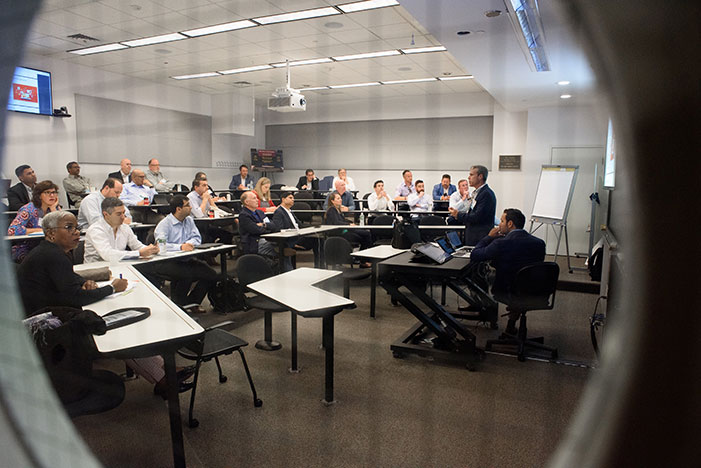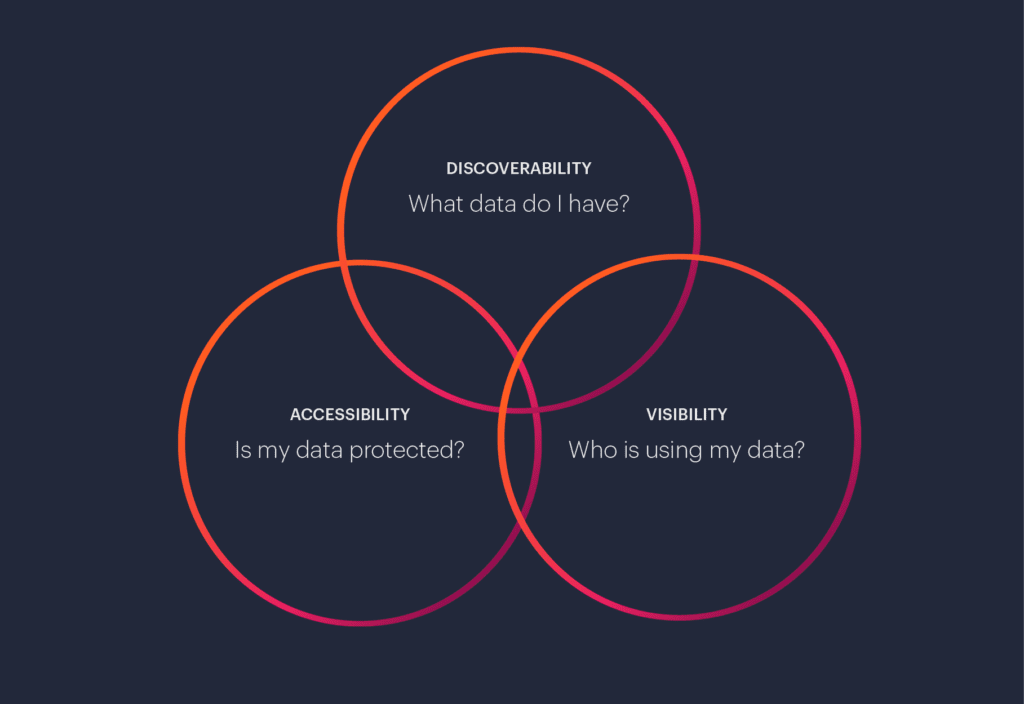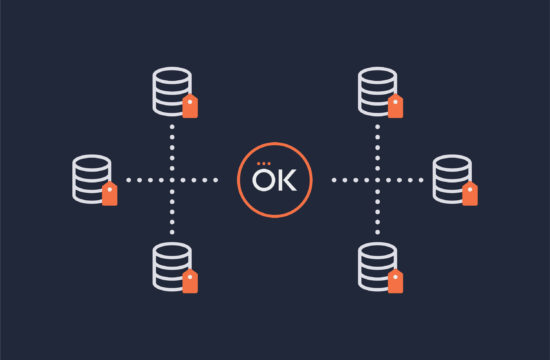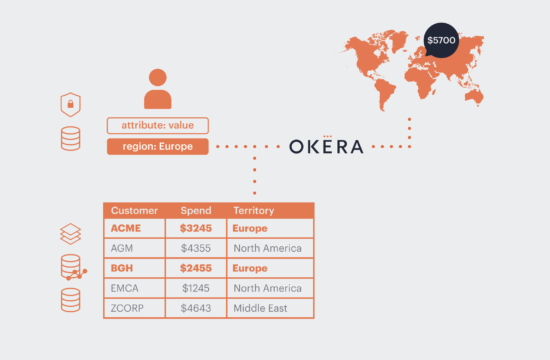Earlier this month I had the pleasure of representing Okera, as one of the partners of the 2019 MIT Chief Data Officer and Information Quality (MITCDOIQ) Symposium in Cambridge, MA.
This was the first time Okera was attending the symposium and we were made to feel incredibly welcome. As the organizers told us, they were focused on quality over quantity, and this was definitely reflected by the strength of the conversations we had over the three days. We really got the sense that this was an intimate gathering of Chief Data Officers (CDOs) and other Data professionals who were focused on knowledge sharing. Chief Data Officers were keen to learn from each other, and as one of the attendees exclaimed during a session “we want your war stories!”.
As a partner, it was invaluable to hear about the challenges facing CDOs, since we want to partner closely with our customers to enable their use cases and solve their data management challenges. I wanted to briefly share my 3 key takeaways from the symposium below:
- Three Pillars needed to secure a Modern Data Platform
- Using a “Design-to-Value” Approach
- Call to Automation
1. Three pillars needed to secure a Modern Data Platform
Our CEO Nong Li presented a session on “Securing Modern Data Platforms – an enterprise-wide approach” that discussed the key challenges users in enterprises face with big data, and the core capabilities a modern data platform needs to have in order to address them.
A data platform is essentially the tooling that enables the execution of a company’s data strategy. At Okera, our radical, yet central thesis is that good governance tooling should not get in the way of data agility but actually enable it.
Nong described the three pillars that need to exist for a modern data platform: Discoverability, Accessibility, and Visibility.
- Discoverability – understanding what data you have and where the sensitive data lives
- Accessibility – defining and enforcing access policies on your data, and ensuring de-identification and compliance
- Visibility – Understanding the usage of your data across the platform (e.g how many users, what datasets are they querying…)
You can imagine these pillars working together and informing each other, enabling the business to make better decisions regarding the management of their data. For example, once you know what data you have (Discoverability) and start to understand how people are using it (Visibility), you can design effective access policies (Accessibility)
The key point here is that discoverability alone is not enough. Simply having an enterprise data catalog doesn’t give you visibility into how people are actually using the data, or enables you to actually enforce access control, thereby not holistically solving the problem.
Nong encouraged optimizing for a time-to-value approach in leveraging these 3 pillars for your organization. Identify where your biggest gaps are and tackle those first. If you wait too long for the perfect approach you risk exposing your data and your organization to compliance violations. Ultimately you need flexible tooling that can adapt as you learn more about how your organization uses data.
2. Using a “Design-to-Value” approach
This segues into my next key takeaway: using a “Design-to-Value approach” – a phrase I’m borrowing from the session “Data Strategy Execution and the Enterprise Data Platform” by PwC. A key concern that emerged in several sessions was “How do you demonstrate the ROI of your data platform investments?”. A Design-to-Value approach means identifying the highest priority use cases in your organization and working to enable them through change management, education and training, and finally new tooling. Demonstrating these key wins establishes the CDO’s office as subject matter experts and encourages teams and business units to come to them early in their use case design.
One of the difficulties with any data initiative managed by a centralized body is that whilst every line of business is generating value from data, only the centralized office definitely lists it as a cost. It’s also difficult to accurately quantify the value of data on the business bottom line. As one attendee said, “It’s not black and white like ‘outcomes with no data’ vs ‘outcomes with data’” – often these initiatives are about improving existing legacy data platforms. Using a Design-to-Value approach means that you can also grow your understanding of how best to measure and share success metrics for your data initiative throughout your organization. Whilst quantitative metrics are necessary, several CDOs mentioned that they were surprised at how powerful qualitative data ended up being here, especially in the earlier days of rolling out a new initiative and getting buy-in at the executive level.
PwC Session – Photo courtesy of 2019 MIT CDOIQ Symposium
3. Call to Automation
Finally, the last key takeaway was how critical automation will be for all the tools in this space. This was repeated several times during a panel discussion titled “The CDO’s Data Management Wish List”, led by Doug Laney from Caserta.
CDOs expressed the desire for everything to be automated and for the machines to learn and be intelligent around data management. Relying on manual processes simply won’t scale – something we are well aware of at Okera, and keep close to our heart as we design for enterprise scale.
Although CDOs are expressing a strong desire for automation, vendors have a difficult prioritization challenge to face. Meaningful, and truly intelligent automation takes well-trained models, and that naturally takes resources.
Summary
As a Product Manager in this space, it really emphasized to me how important roadmap prioritization will be for tools in this space. To go back to the Design-to-Value approach, it will be especially important to design for the highest priority use cases, leveraging capability maturity models to take high-value workflows from operationalized to optimized.
Overall we had an incredibly valuable experience at the MIT CDOIQ Symposium, and it was a pleasure to participate and meet everyone. If you’re looking to enable an agile data platform in your organization, we’d love to talk to you about Okera can partner with you on this (also happy to share our war stories!).
Photo courtesy of 2019 MIT CDOIQ Symposium





